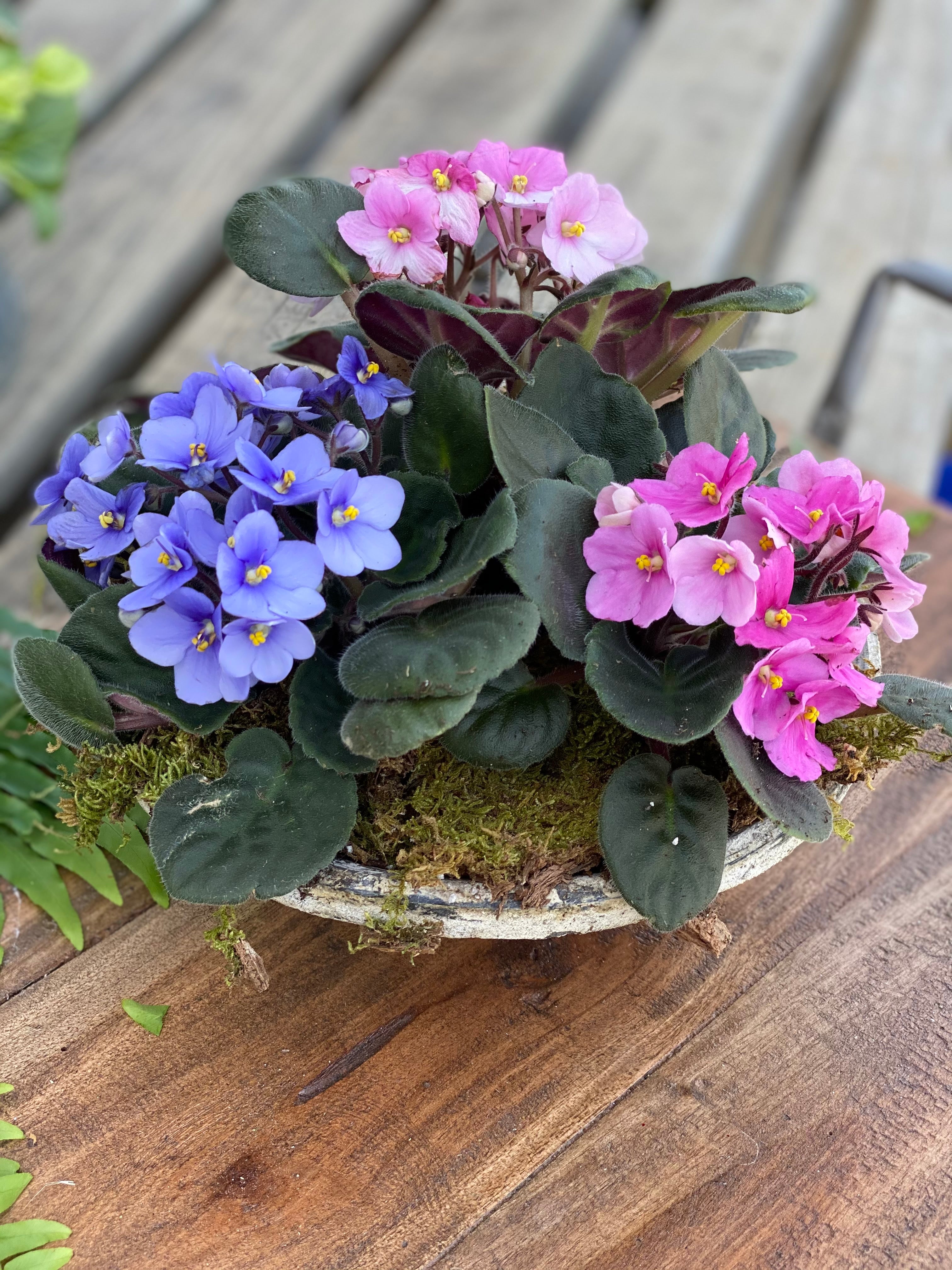A Comprehensive Guide to African Violet Care
Understanding African Violets

African violets, scientifically known as Saintpaulia ionantha, hail from the tropical rainforests of Tanzania and Kenya. They typically grow in the shaded understory of trees, where they receive dappled sunlight and high humidity.
Rosette Growth: African violets exhibit a compact, rosette-shaped growth habit, with leaves radiating from a central point.
Ideal Growing Conditions

African violets prefer bright, indirect light. Avoid direct sunlight, as it can scorch the leaves. East-facing windows are often ideal, but west-facing windows can also work well if the plants are shaded from the afternoon sun.
These plants thrive in warm temperatures between 65°F and 75°F (18°C to 24°C). Avoid placing them near cold drafts or heat sources.

African violets prefer high humidity levels, similar to their native rainforest environment. To increase humidity, you can:
One of the most common mistakes in African violet care is overwatering. Water your African violet thoroughly, but allow the soil to dry out slightly between waterings. Avoid getting water on the leaves, as this can lead to fungal diseases. It’s best to water from the bottom by placing the pot in a tray of water and allowing the soil to absorb moisture through the drainage holes.

African violets require well-draining, porous soil. A commercial African violet potting mix is ideal, as it is specifically formulated to meet the needs of these plants.
Fertilize your African violet every two weeks during the growing season (spring and summer) with a balanced, water-soluble fertilizer diluted to half strength. Reduce fertilization during the winter months.

Common Problems and Solutions
Mealybugs: These small, white, cottony insects can infest African violets. Treat them with insecticidal soap or neem oil.
Powdery mildew: This fungal disease causes a white, powdery coating on the leaves. Improve air circulation and avoid overwatering to prevent powdery mildew.
Propagation
African violets can be propagated through leaf cuttings or stem cuttings.
Leaf Cuttings:
1. Select a healthy leaf with a long petiole.
2. Cut the leaf at the base of the petiole.
3. Insert the cut end of the leaf into a pot of moist potting mix.
4. Keep the pot in a warm, humid location.
5. Once roots develop, new plantlets will form.
Stem Cuttings:
1. Cut a stem with at least two leaves.
2. Remove the lower leaves and insert the cutting into a pot of moist potting mix.
3. Keep the pot in a warm, humid location.
4. Once the cutting has rooted, it can be potted up.
With proper care, African violets can reward you with beautiful blooms year-round. By following these tips, you can enjoy the beauty of these delightful plants in your home.
African Violet Plant